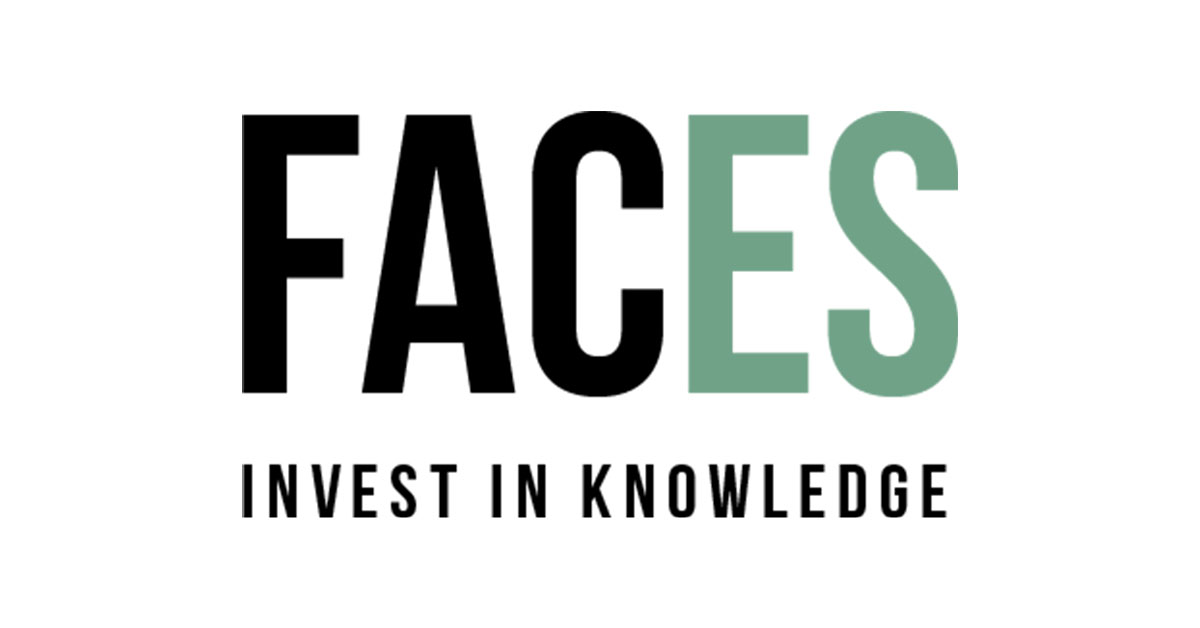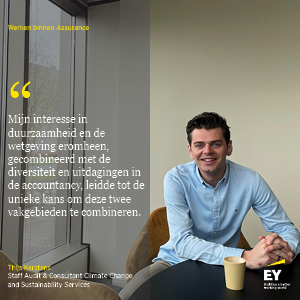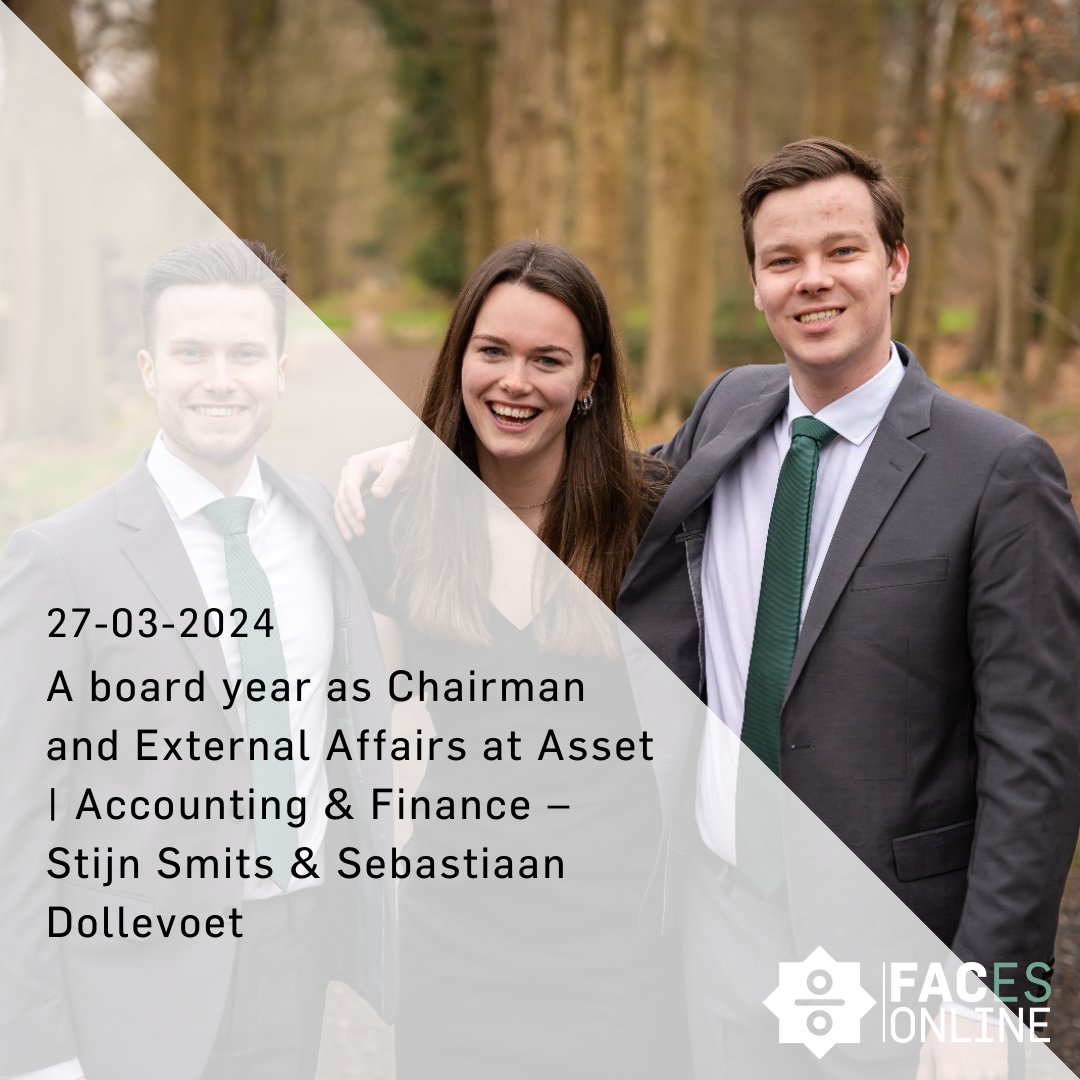Fion Veseli works as a Junior Data Analyst at Vermetten and has made an impressive mark on the Advisory team in a short time. Read below how he likes


Dutch accountants and administrative offices lead the way internationally when it comes to the use of ICT for the benefit of their customers. But in terms of their own automation, it is a different story. This is evident from the SMB Cloud Barometer 2015, a survey Pb7 has carried out for the third consecutive year for Exact and KPN. As we also studied Belgium, France, Germany, Britain and the United States this year, an interesting picture of how Dutch accountants “are doing it” in comparison to their foreign peers has developed.
It is clear that even more than in other countries, the Dutch industry has had some tough years. The future is also far from certain. Where accountants recognize that the use of new technology offers great opportunities to improve service to customers, the same technology is putting revenues of their organizations under pressure. More and more accountants offer solutions from the cloud in which the customer usually enters his own data and immediately has access to the financial situation with automated reports. Thus eliminating tasks in the area of accounting and reporting. Many accountants are trying to take advantage of this shift by providing more added value. “Coaching” is now considered to be the magic word.
But while many SMBs indicate that more advice and support is desirable, most do not want to pay heavily for it. Indeed, a considerable group finds it pleasing that they are less dependent on their accountant. The rapid technological change has at this moment more of a dampening effect on revenues and employment in the average office. For organizations to stay financially healthy, it is important for the back-office to adapt to the changes on the front of the organization. That means to connect the processes to the changing customer demand. In order to better serve the customer, it is necessary that an advisor at all times has a 360 degree view of the customers’ status. Starting with when the customer contacts the firm, but also having the advisor be able to give proactive advice based on hard data. Think of general customer data from address to personal interests, current financial status, contact history, but also benchmark data.
This data is to a large extent usually available within the systems of accountants, but is not always equally well coupled to each other. Actually it is no longer of our time that you need to open three or more software applications to gain insight into the status of a customer and to get to the core of the problem. That takes too much time and allows too much room for incomplete or even wrong advice. Yet, this is often precisely the problem at Dutch accountant and administrative offices. The back office is often limited or not developed in accordance with the changes in the front: 29% of Dutch accountants indicate that the internal administration is a combination of separate software applications and spreadsheets, and 44% indicate that the administration is distributed across multiple software applications. The Netherlands is especially out of tune with the latter of the two.
Outside the Netherlands the use of integrated software packages is much more common, although it is usually spread across two systems: one for the commercial side of the organization and one for the back office. Dutch accountants that want to benefit from the rapid technological changes in their industry, will have to take a long and hard look at the current internal application environment. Only when you, as an accountant, also run ahead in the back, are you ready for the future.
Peter Vermeulen, Director Pb7 Research
About the SME Cloud Barometer 2015
The SME Cloud Barometer 2015 is an international study into the role of cloud computing in SMEs. It is the successor of the MKB Cloud Barometer and was this year for the first time rolled out worldwide. The research was conducted by Pb7 on behalf of Exact and KPN. In the first months of 2015, a survey was conducted among decision makers, mainly owners, in 2975 businesses with up to 50 employees in the Netherlands, Belgium, Germany, France, Britain and the United States. The interviews were in each country evenly distributed across the manufacturing, wholesale, professional services, accountancy and ‘other’ industry. Afterwards a weighting was applied to ensure the representativeness of the sample.






















